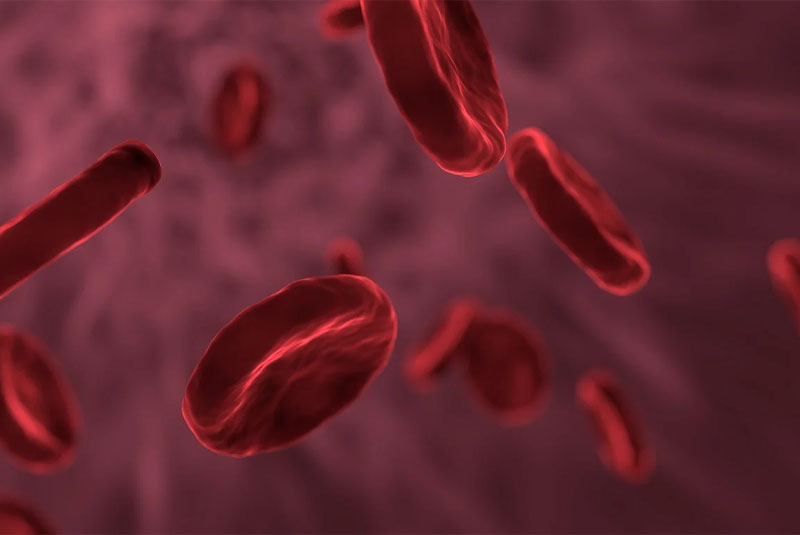PROLIFIC: Thrombosis

Does the clotting system predict outcomes in IPF?
Current studies:
PAI-1
Plasminogen Activator Inhibitor 1
Collard et al. published a study in 2010 that set out to determine the plasma biomarker profile of acute exacerbation of IPF and compare it to that of stable IPF and acute lung injury. They analyzed eight biomarkers, including PAI-1, in plasma from patients with stable IPF, acute exacerbation of IPF, and acute lung injury.
The authors found that PAI-1 levels were significantly higher in acute exacerbation of IPF compared with stable IPF. However, they found no correlation between clinical variables and levels of any of the eight biomarkers. The data did not demonstrate a clear association between plasma biomarker levels and survival in acute exacerbation of IPF, but the study was not designed to fully evaluate such a relationship. This leaves the door open for other studies to further explore a potential association.
Why are we studying this?
Evidence of Prognostic Value for PAI-1 was found in the following research:
Related Clinical Trials
